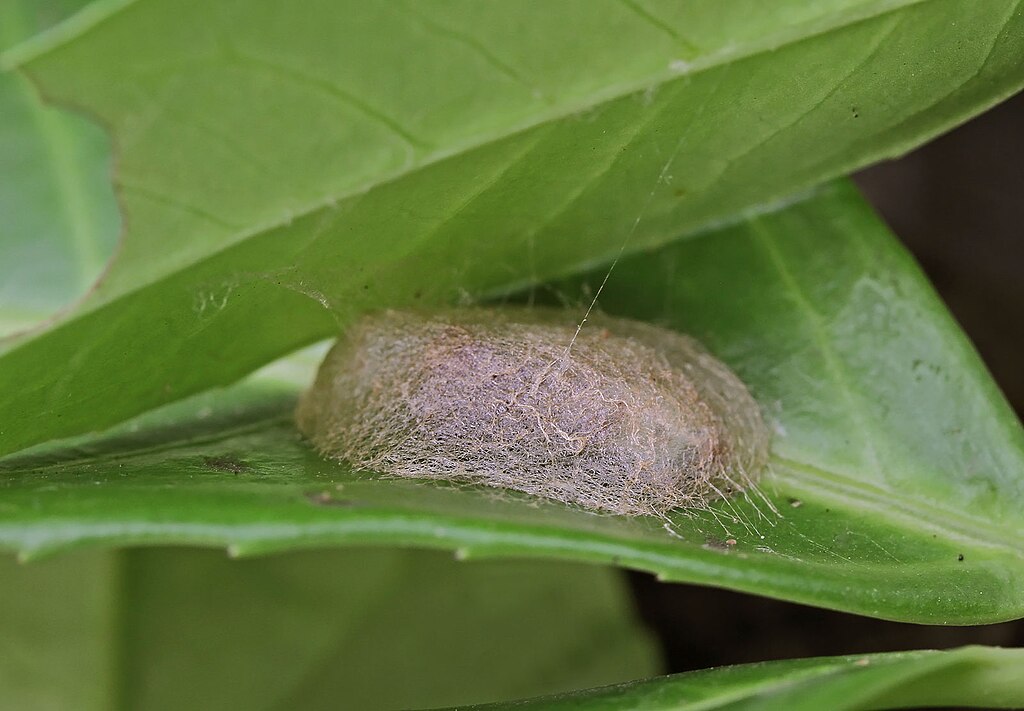The natural world is filled with extraordinary phenomena, but few are as remarkable as metamorphosis—the process by which certain creatures transform themselves from one form into another entirely different being. Perhaps the most captivating example occurs inside the silent, seemingly inactive cocoon of a caterpillar. What appears dormant from the outside actually conceals one of nature’s most dramatic biological revolutions. Within these silken chambers, a caterpillar doesn’t merely grow or develop—it essentially liquefies and rebuilds itself into a completely new organism with different structures, capabilities, and purposes. This transformation represents one of the most extraordinary examples of biological reinvention on our planet, a process that has fascinated scientists and nature enthusiasts for centuries.
The Journey Begins: From Caterpillar to Cocoon
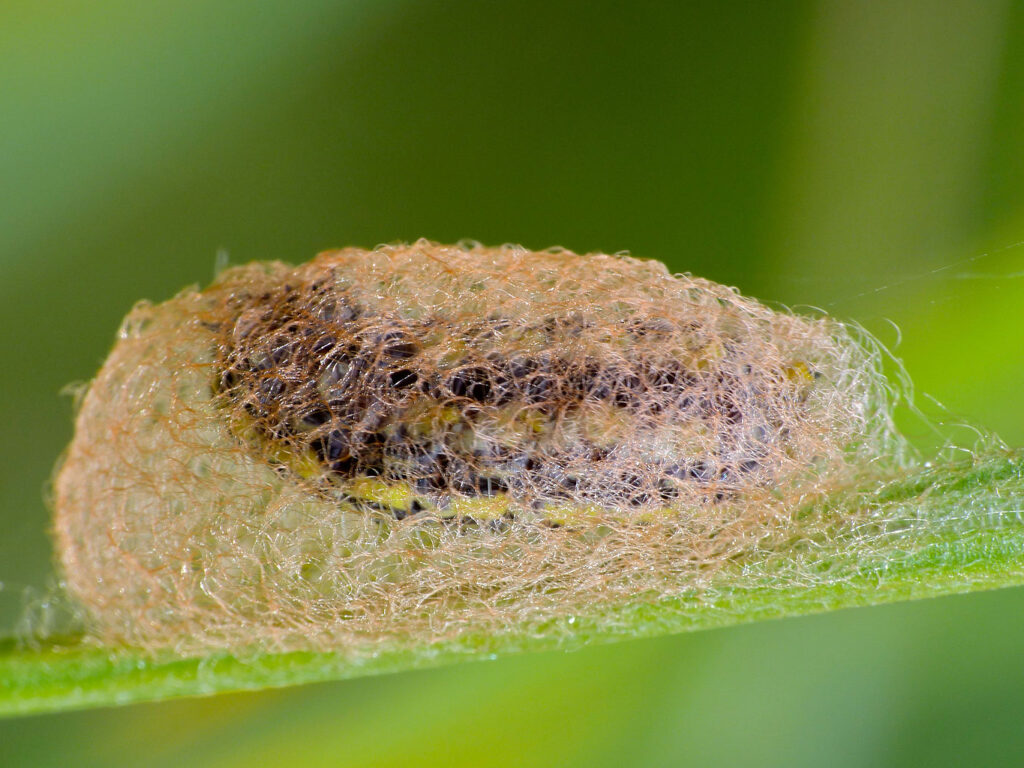
Before we can understand what happens inside a cocoon, we must first appreciate how a caterpillar reaches this critical stage. Caterpillars hatch from eggs as voracious eating machines, with their primary purpose being to consume as much vegetation as possible. During this larval stage, they may increase their body mass by more than 1,000 times in just a few weeks. When the caterpillar has stored sufficient energy, hormonal changes trigger the urge to find a secure location for transformation. The caterpillar then begins the intricate process of spinning a cocoon (in moths) or forming a chrysalis (in butterflies) around itself using silk produced by special glands in its modified salivary glands. This protective casing serves as both a shield against predators and a private chamber for the extraordinary metamorphosis about to unfold.
The Distinction Between Cocoons and Chrysalides
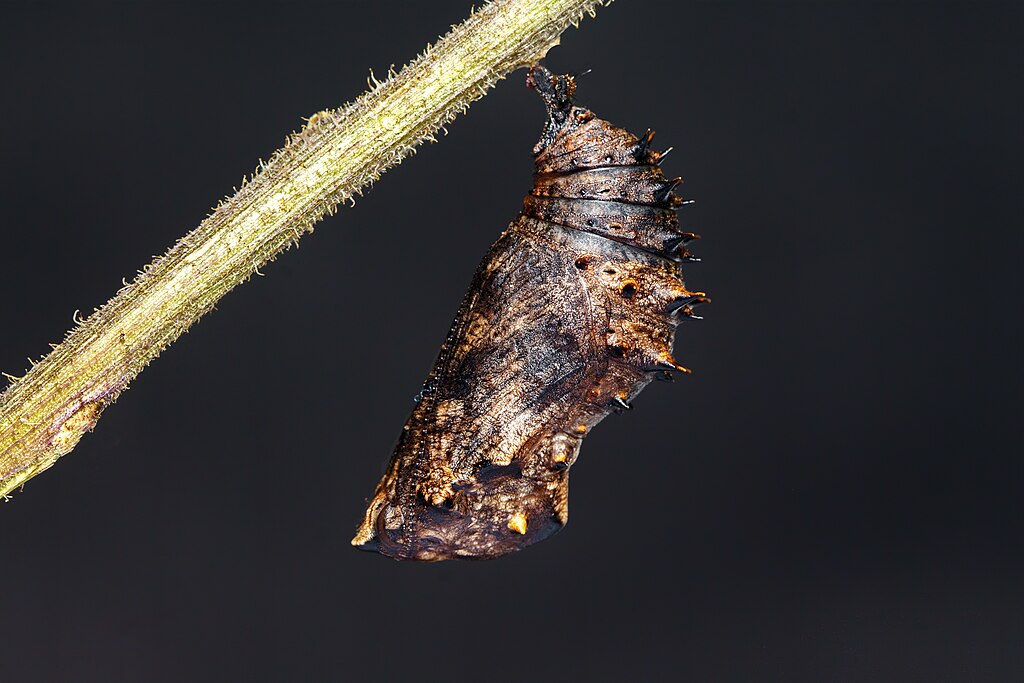
Although the terms are often used interchangeably, cocoons and chrysalides represent different structures in the insect world. A cocoon is typically made of silk and other materials that the caterpillar spins around itself, creating a protective shelter for metamorphosis. Moths generally form true cocoons, sometimes incorporating leaves, twigs, or soil into their silken chambers for added protection. Butterflies, on the other hand, form chrysalides, which are hardened cases made from the caterpillar’s own exoskeleton rather than spun material. The chrysalis forms after the caterpillar sheds its final skin, revealing the pre-formed case underneath. Both structures serve the same fundamental purpose—to provide a safe environment for the dramatic transformation from larva to adult—but their composition and formation differ significantly.
Histolysis: The Breaking Down of the Body
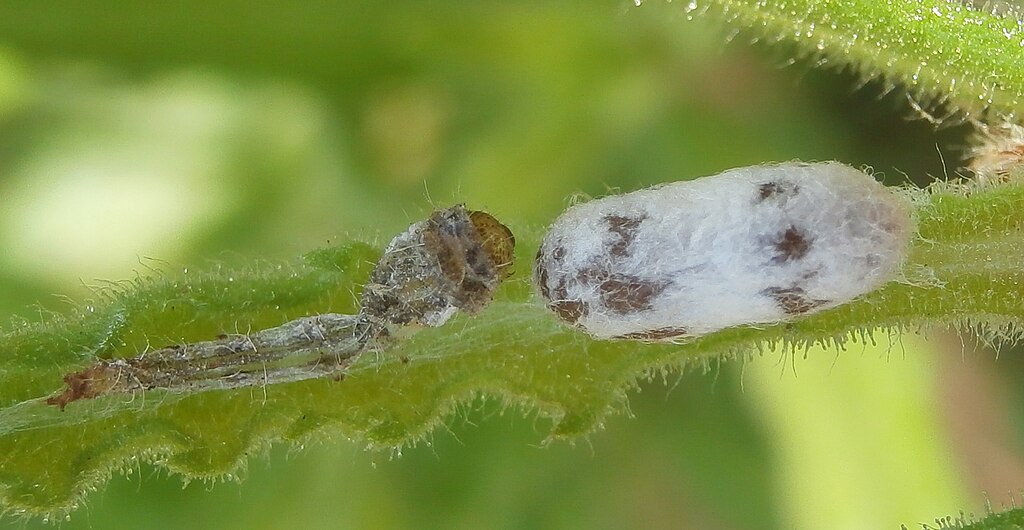
Once safely enclosed within its protective shell, the caterpillar initiates one of the most radical biological processes known to science: histolysis. During this phase, special enzymes are released that begin breaking down most of the caterpillar’s body tissues into a soup-like substance. Nearly all organs and tissues dissolve in this remarkable process of self-digestion, with only a few crucial structures remaining intact. The digestive system, muscles, and even the nervous system undergo significant dissolution. Remarkably, certain specialized cell clusters called imaginal discs, which have been present but dormant since the caterpillar was still in its egg, remain protected from this breakdown. These cellular islands will serve as the foundation for the entirely new body that will emerge. The resulting nutrient-rich cellular fluid provides the raw materials needed for the upcoming reconstruction.
Imaginal Discs: The Blueprint for Transformation

Imaginal discs represent one of the most fascinating aspects of metamorphosis and are critical to understanding how such a complete transformation is possible. These small clusters of cells, present but dormant throughout the caterpillar’s life, contain the genetic instructions for adult structures that don’t exist in the larval form. Different discs are programmed to develop into specific butterfly or moth body parts—wings, antennae, compound eyes, and reproductive organs. During the caterpillar stage, these discs remain in a state of arrested development, small and folded upon themselves. When metamorphosis begins, they activate and start rapidly dividing and differentiating, using the nutrient-rich soup from histolysis to fuel their growth. The precise genetic programming within these discs ensures that the final adult form follows the exact blueprint specific to its species.
Histogenesis: Rebuilding a New Body

Following the dramatic breakdown of the caterpillar’s body, the equally remarkable process of histogenesis begins. During this rebuilding phase, the imaginal discs expand and differentiate at an extraordinary rate, forming the structures that will constitute the adult insect. New muscles develop to control wings that never existed in the caterpillar. A completely different digestive system forms to accommodate the adult’s diet, which often consists of nectar rather than leaves. The compound eyes, complex antennae, and reproductive organs all develop from their respective imaginal discs. Even the nervous system is substantially rewired to accommodate new behaviors and sensory inputs. This precise architectural reconstruction is orchestrated by a complex interplay of hormones and gene expression, ensuring that each cell finds its proper place in the emerging adult form.
The Role of Hormones in Orchestrating Transformation
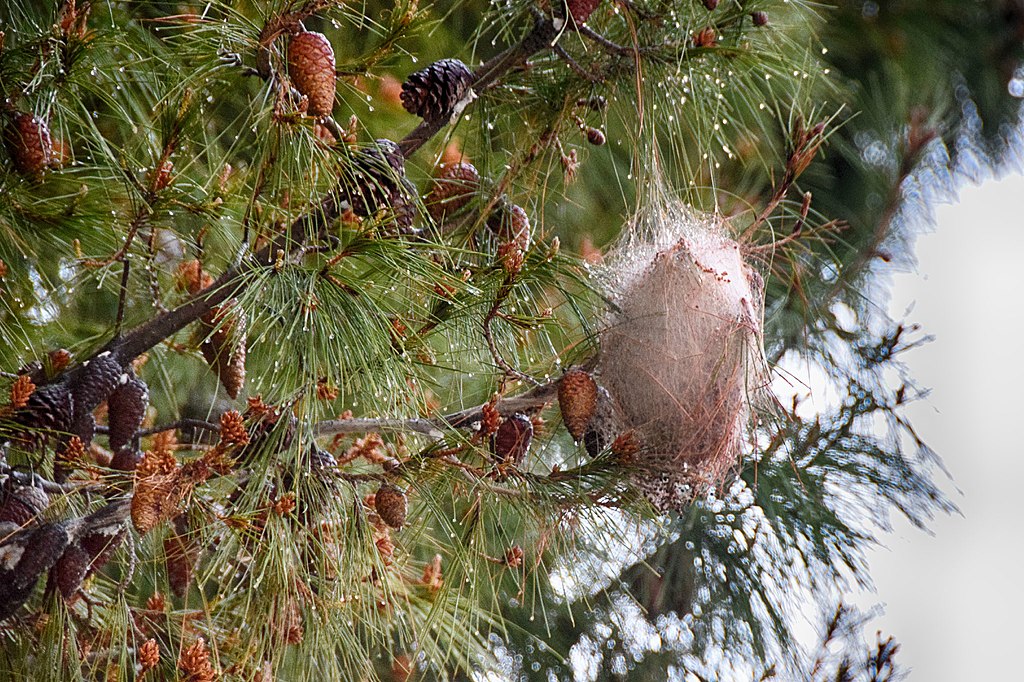
The entire metamorphic process is carefully controlled by a symphony of hormones that trigger and regulate each stage of transformation. Juvenile hormone, produced by glands near the brain, maintains the caterpillar in its larval state during the growth phase. When the caterpillar reaches sufficient size, the production of juvenile hormone decreases, while another hormone called ecdysone increases. This hormonal shift initiates the metamorphic process, triggering the caterpillar to stop feeding and begin cocoon construction. Once inside the cocoon, a precise sequence of hormone pulses orchestrates the timing of histolysis and histogenesis. These hormonal signals ensure that tissues break down and rebuild in the correct order, with exquisite timing. Any disruption to this hormonal balance can result in developmental abnormalities or even prevent successful metamorphosis entirely.
Energy Management During Metamorphosis
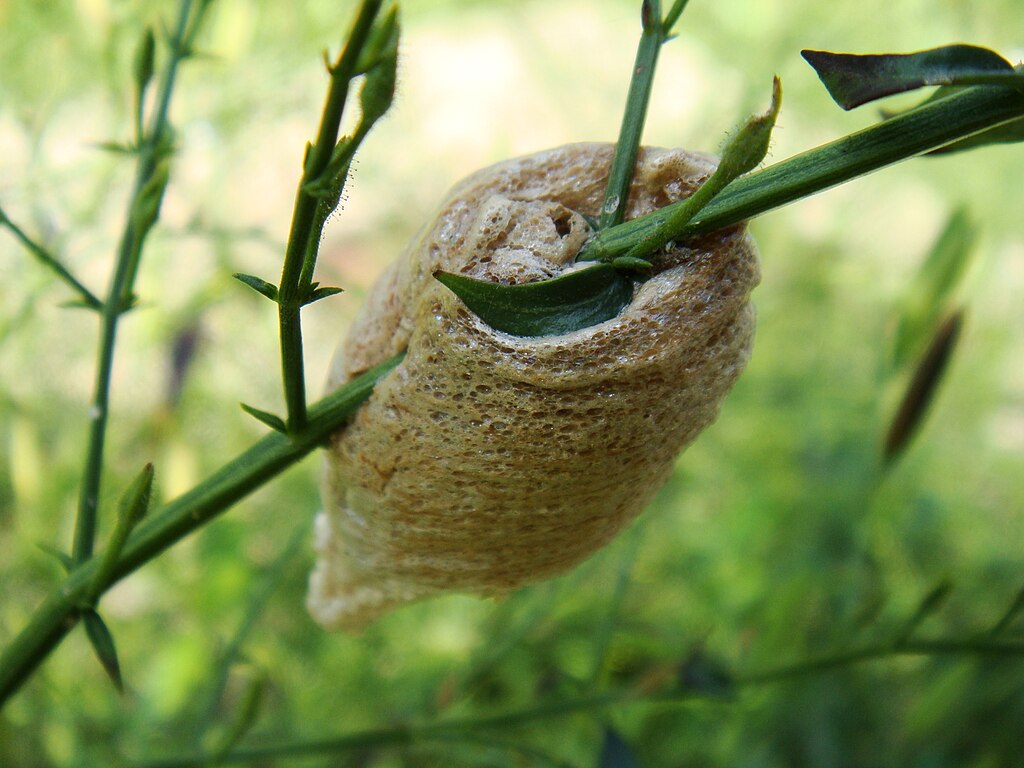
The transformation occurring within a cocoon requires precise energy management, as the developing insect has no means of acquiring additional nutrients. All the energy needed for metamorphosis must be stored during the caterpillar stage, which explains the voracious appetite of these larvae. Inside the cocoon, these energy reserves are carefully allocated to fuel the breakdown and rebuilding processes. Specialized fat bodies, which accumulate during the feeding stage, serve as energy warehouses, gradually releasing stored nutrients as needed. The metabolic rate within the cocoon is carefully regulated, often slowing considerably to conserve resources. Oxygen consumption follows a distinctive pattern throughout metamorphosis, with certain developmental stages requiring more energy than others. This efficient energy management system ensures that the insect can complete its transformation without depleting its reserves before emergence.
The Mystery of Memory and Continuity

One of the most profound questions surrounding metamorphosis concerns the continuity of memory and learning between the caterpillar and the adult insect. With the dissolution of much of the nervous system during histolysis, scientists have long wondered whether any memories or learned behaviors can survive such radical transformation. Recent research has yielded surprising results, suggesting that some learned associations may indeed persist across metamorphosis. In experiments with tobacco hornworm moths, caterpillars exposed to a specific odor paired with a mild shock showed avoidance of that odor even after emerging as adults, despite their dramatically reorganized nervous systems. This suggests that certain neural connections may be preserved during reconstruction, or that memories might be stored in ways that transcend physical neural architecture. The mechanisms behind this remarkable preservation remain one of the many mysteries of metamorphosis.
The Time Factor: How Long Does Transformation Take?

The duration of metamorphosis varies dramatically between species and is heavily influenced by environmental factors, particularly temperature. For many common butterfly species, the entire process from cocoon formation to emergence takes approximately 10-14 days under optimal conditions. Some moth species, however, may remain in their cocoons for months, particularly those that pupate before winter and emerge in spring. Temperature plays a crucial role in regulating the speed of transformation, with warmer temperatures generally accelerating the process and cooler temperatures slowing it down. This temperature dependence allows insects to synchronize their emergence with favorable seasonal conditions. Some species even enter a state called diapause, essentially pausing their development during adverse conditions, which can extend the cocoon phase significantly until environmental cues signal favorable conditions have returned.
Metamorphosis Outside the Insect World

While the transformation within a butterfly or moth cocoon represents perhaps the most dramatic example of metamorphosis, this biological process occurs across various animal groups, often with similarly remarkable results. Frogs undergo a striking transformation from aquatic, herbivorous tadpoles to terrestrial, carnivorous adults, completely remodeling their digestive systems, respiratory organs, and locomotory structures. Many marine invertebrates also display radical metamorphosis—sea urchins transform from bilaterally symmetrical larvae floating in the plankton to radially symmetrical adults on the ocean floor. Certain parasitic animals undergo multiple metamorphoses as they move between different host species. Though these transformations may not involve cocoons, they share the fundamental biological principle of dramatic remodeling between life stages, allowing organisms to exploit different ecological niches during their lifetimes.
The Vulnerability of Transformation

Despite the protective covering of a cocoon or chrysalis, the metamorphosing insect faces significant vulnerabilities during this critical phase. Unable to move or defend itself, the developing insect relies entirely on its protective casing and any camouflage it provides. Predators such as birds, rodents, and other insects may still locate and breach these defenses. Parasitic wasps have evolved specialized strategies to detect and lay eggs inside cocoons, with their larvae consuming the developing insect from within. Environmental threats pose additional dangers—extreme temperatures, excessive moisture leading to fungal infections, or drought causing desiccation can all prove fatal. Many species have evolved specific adaptations to minimize these risks, including chemical defenses, strategic placement of cocoons, or timing metamorphosis to avoid periods of highest predator activity.
Breaking Free: The Emergence Process
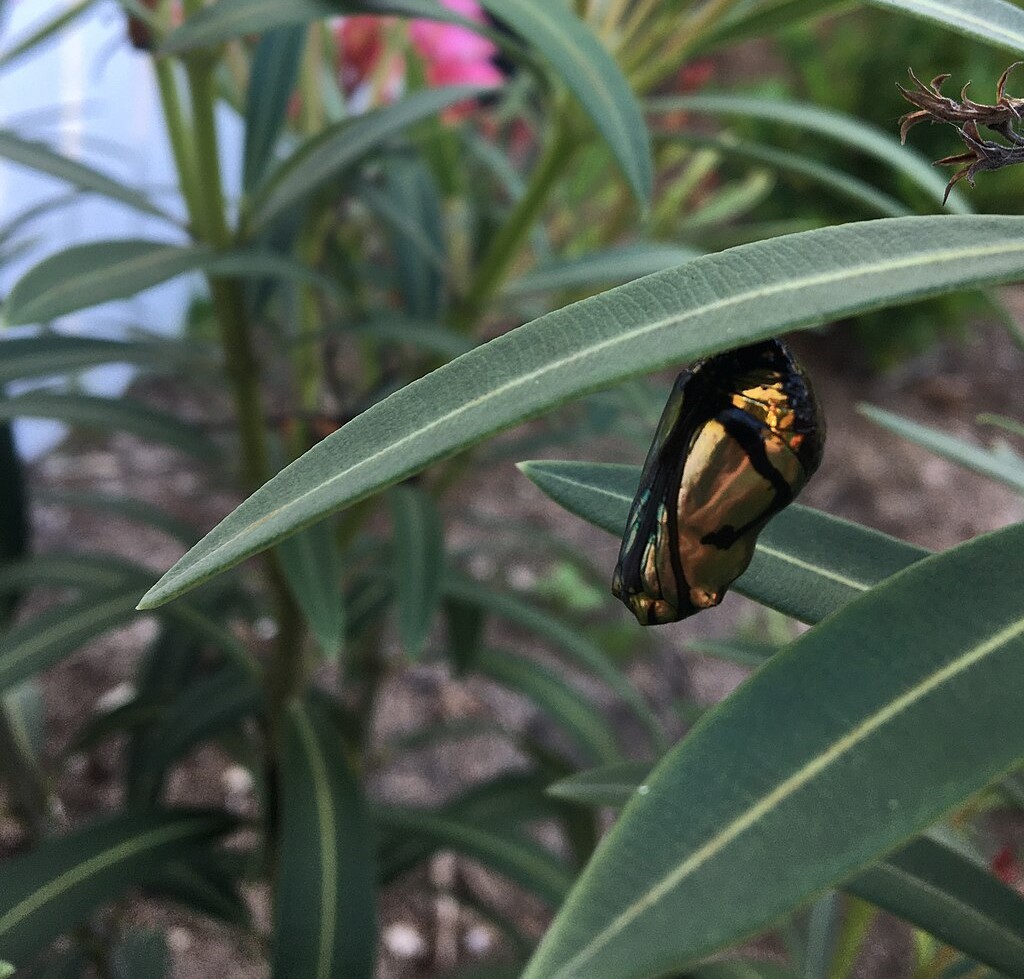
After completing its extraordinary transformation, the newly formed butterfly or moth must escape its protective but now constraining cocoon. This emergence process, known as eclosion, is a delicate operation requiring precise timing and specialized adaptations. Many species secrete enzymes that soften specific areas of the cocoon, creating a predetermined breaking point. Moths may produce special fluids from their mouths that dissolve silk fibers, while some butterflies use sharp spines on their heads to cut through the chrysalis wall. Once an opening is created, the insect must carefully extract itself without damaging its newly formed structures. Wings emerge crumpled and soft, requiring a critical period of expansion and hardening before flight is possible. Blood-like hemolymph is pumped into the wing veins, gradually expanding them to their full size while the insect hangs upside down, allowing gravity to assist in the process.
The Evolutionary Puzzle of Metamorphosis
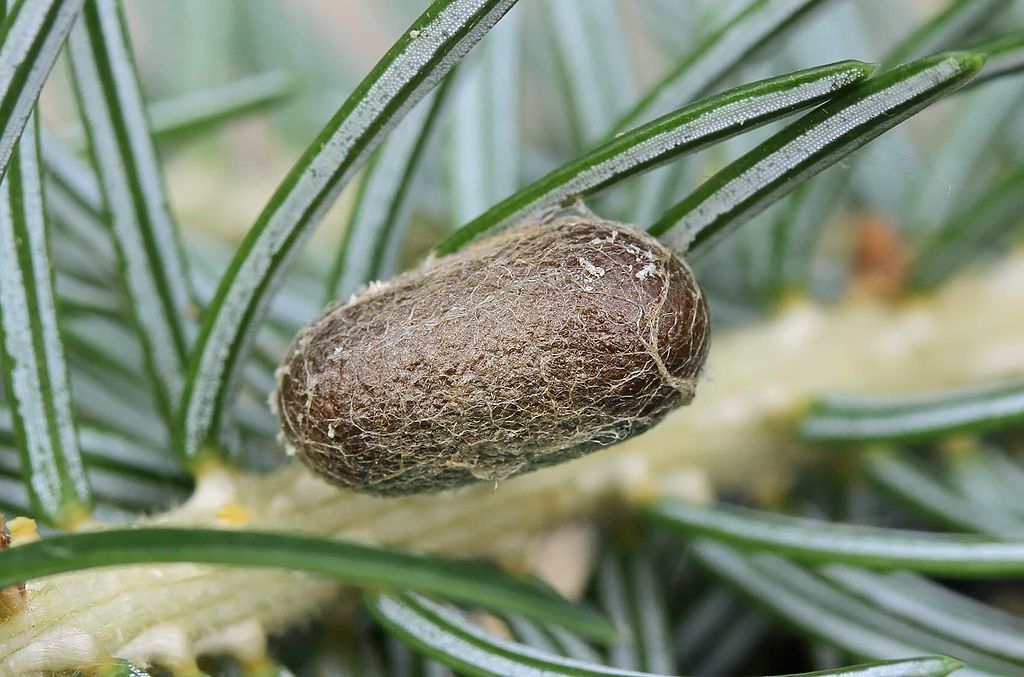
The evolution of complete metamorphosis presents one of biology’s most fascinating puzzles, as it’s not immediately obvious how such a complex, multi-stage life cycle could have evolved incrementally through natural selection. Paleontological evidence suggests that complete metamorphosis (holometabolism) evolved from ancestors with incomplete metamorphosis (hemimetabolism) approximately 300 million years ago. One leading theory proposes that the larval stage originally evolved as a specialized feeding phase that allowed insects to exploit abundant but nitrogen-poor plant resources, while the adult form specialized in reproduction and dispersal. The pupal stage likely developed as an intermediate phase that allowed for the increasingly dramatic reorganization between these specialized forms. The extraordinary success of holometabolous insects—comprising approximately 80% of all insect species and about 50% of all animal species on Earth—attests to the adaptive advantages conferred by this complex life history strategy.
Conclusion: Nature’s Lesson in Transformation

The metamorphosis that occurs within a cocoon represents one of nature’s most profound lessons in transformation, resilience, and biological possibility. From the breakdown of the caterpillar to the emergence of a winged adult, this process demonstrates how life can reinvent itself within a single genetic blueprint. The biochemical and developmental mechanisms that make such radical change possible continue to inspire scientific investigation and philosophical reflection. Beyond its biological significance, metamorphosis has become a powerful cultural metaphor for personal transformation and rebirth across human societies. As we unlock more secrets of what happens inside these silken chambers, we gain not only scientific knowledge but also deeper appreciation for the adaptability and creative potential inherent in living systems. In a world of constant change, the butterfly’s journey from caterpillar through cocoon to winged adult reminds us that transformation, however challenging, can lead to remarkable new beginnings.

